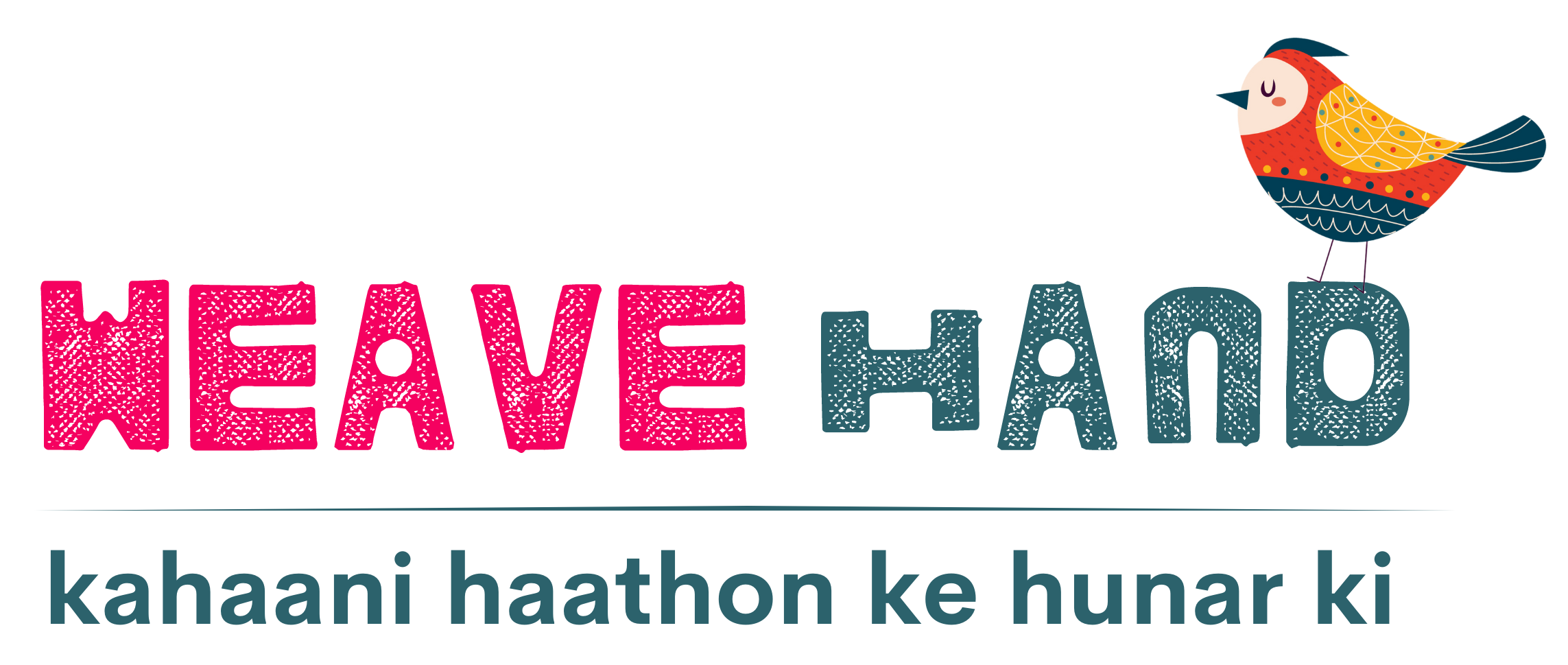Indian handloom and handicrafts are an integral part of India's rich cultural heritage. They have been passed down through generations and continue to be an important source of livelihood for many rural and urban communities.
Handloom refers to the process of weaving cloth using a traditional loom operated manually. Handloom textiles are made using natural fibers like cotton, silk, wool, and jute. Each region in India has its own unique style of handloom weaving, which is reflected in the designs, patterns, and colors used. Some of the most well-known handloom textiles in India include Banarasi silk, Chanderi silk, Maheshwari cotton, and Kanchipuram silk.
Handicrafts, on the other hand, refer to any artisanal product made by hand, including pottery, metalwork, woodwork, jewelry, and textiles. India is known for its diverse range of handicrafts, each with its own distinct style and technique. Some of the most popular handicrafts in India include Jaipur's blue pottery, Moradabad's brassware, Kashmiri embroidery, and Warli paintings from Maharashtra.
The handloom and handicrafts industry in India provides employment to millions of people, particularly in rural areas, and contributes significantly to the country's economy. However, despite its importance, the industry faces several challenges, including competition from machine-made products, lack of access to markets, and inadequate infrastructure.
To promote the growth of the handloom and handicrafts industry, the Indian government has launched several initiatives, such as the National Handloom Development Program, which provides financial assistance and training to weavers and artisans, and the Handicrafts and Handloom Export Corporation, which promotes the export of handicrafts and handloom products. Additionally, several non-governmental organizations and social enterprises are working to create sustainable livelihoods for weavers and artisans by providing them with market access and training.
